To Dream the Impossible Dream…

Let’s imagine our elected State of Alaska officials–who like to blow smoke about Alaska Food Security–suddenly made land available for Commercial Agriculture…
IMAGINE 10,000-acre parcels dedicated to serious farming endeavors instead of current 460-acre parcels where farmers do each other’s laundry. Such fantasy SOA Ag offerings would require successful bidders to prove up on the land as homesteaders used to do; dollar-for-dollar match in infrastructure at a value established and agreed to by both parties, dedicated to agriculture endeavors only. IMAGINE thousands of acres of alfalfa–a variety of which the Alaska Division of Agriculture has already developed for Alaska’s climate–turned into hay. IMAGINE silos filled with Alaskan-grown grain. IMAGINE cattle ranging on fenced Ag land as they do in Northern Canada–to feed that country. It’s a fantasy, I know, but we can only IMAGINE it now that the legislature has finished its work over two sessions in Juneau with one laughable bill: HB 298, to form an Alaska Food Strategy Task Force to STUDY the problem. Sponsor Statement HB 298 [1]
Expect Gov. Mike Dunleavy’s immediate signature on a bill to study something.
But, in this fantasy where MIGHT we get the workforce to make Alaska Food Security happen?
Alaska Veteran Advocate, Dixie Banner has been investigating this question and has some insights to address the perceived barrier.

US Department of Agriculture employment opportunities for transitioning service members includes matching skills, qualifications, and ambitions toward careers, explained Banner. Professionals review resumes and provide feedback, explain the federal hiring process for USDA Jobs, and translate military experience directly to jobs. This can include everything from criminal justice to conservation technician, contracting, procurement, information technology, food inspection, public health, smoke jumping, finance and economics. This full range of USDA jobs are readily available to veterans through the preference that they’re given because of military service.
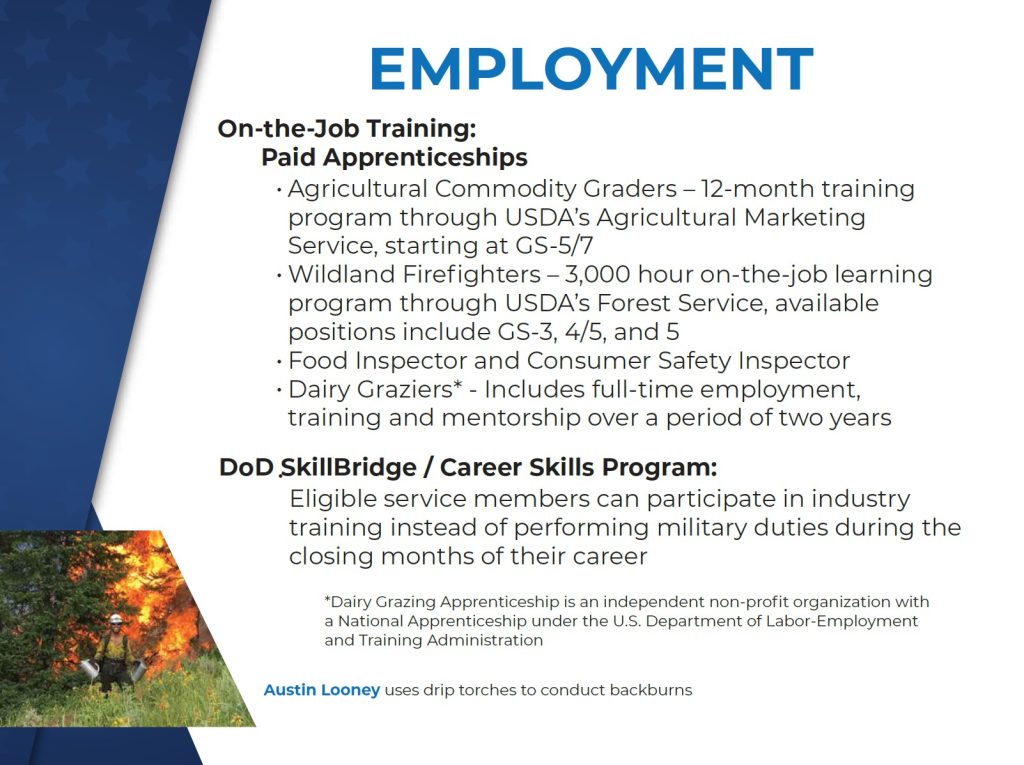
Those kinds of Ag jobs are rare in Alaska now. USDA has the footprint of a chicken, while the Alaska Division of Agriculture hands out federal mini-grants and slaps real farmers on the back. Alaska has Food Security Options.[2]
Banner is a disabled vet. During some health issues and down time–when she couldn’t find gainful employment in Alaska–she transitioned and rebranded herself beginning with five contacts on LinkedIn.com. She now has over 2,500 contacts and is a volunteer for Vets2Industry.org and a Veteran Employment Coach. Her goals are to 1) bring resources from the Lower 48 to help Alaska vets, 2) Encourage Remote Opportunities using technology, and 3) Act as a conduit with the USDA so Alaskan Veterans can interface and learn what the USDA has to offer. Banner says involvement by veterans can provide employment conducive to our Alaskan lifestyle while promoting food sustainability.
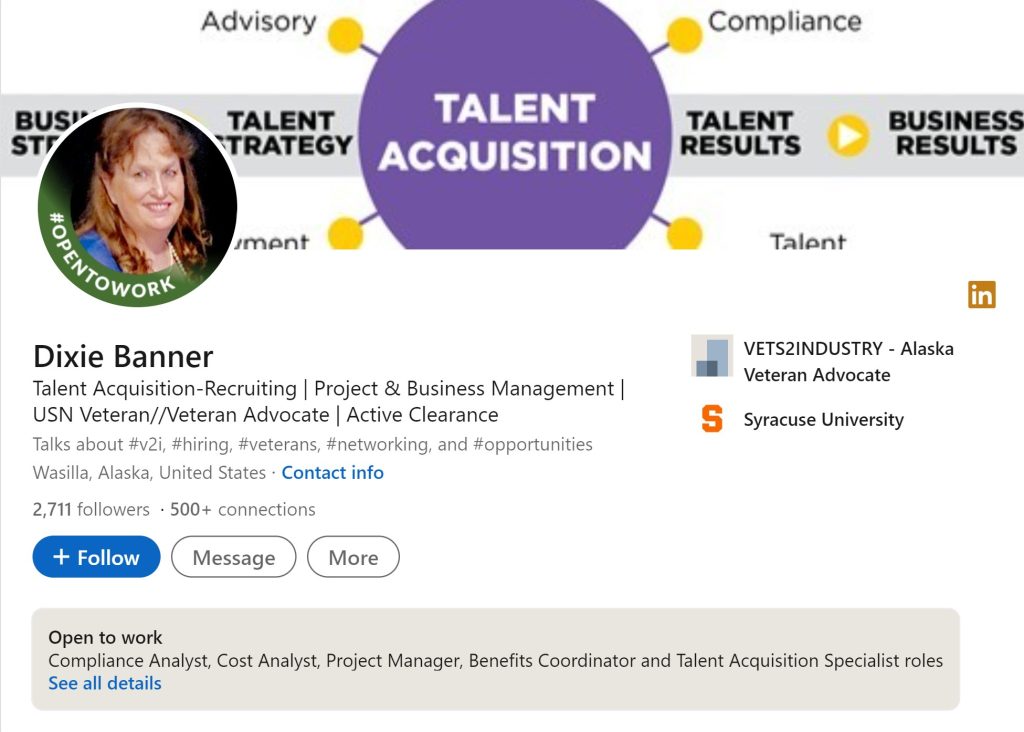
Another goal is to create a veteran workforce; a clearing house, explained Banner. For example, I may have somebody that can do welding, electronics, IT, CT, whatever. My vision is to be able to call up somebody and say: “Hey, I need you.” Perhaps there is a need for five laborers, and a truck and operator. I want to create a clearing house for that. Additionally, we may have other large projects requiring a ready workforce such as the next Oil and Gas pipelines. In the military we are taught the 5Ps; Proper Planning Prevents Poor Performance.
It’s hard to find good help. She might be onto something.

Doesn’t the SOA do that at Department of Labor Job Centers around the state?
No, she responded. Half the time I go into the job service up here in the valley and I educate THEM about veteran opportunities. This must change. Alaska can no longer operate in a closed environment–we must be integrated and included in the Lower 48’s work force. The Covid Pandemic demonstrated our workforce can operate virtually anywhere in the world. And, we are generally more productive with a work/life balance.
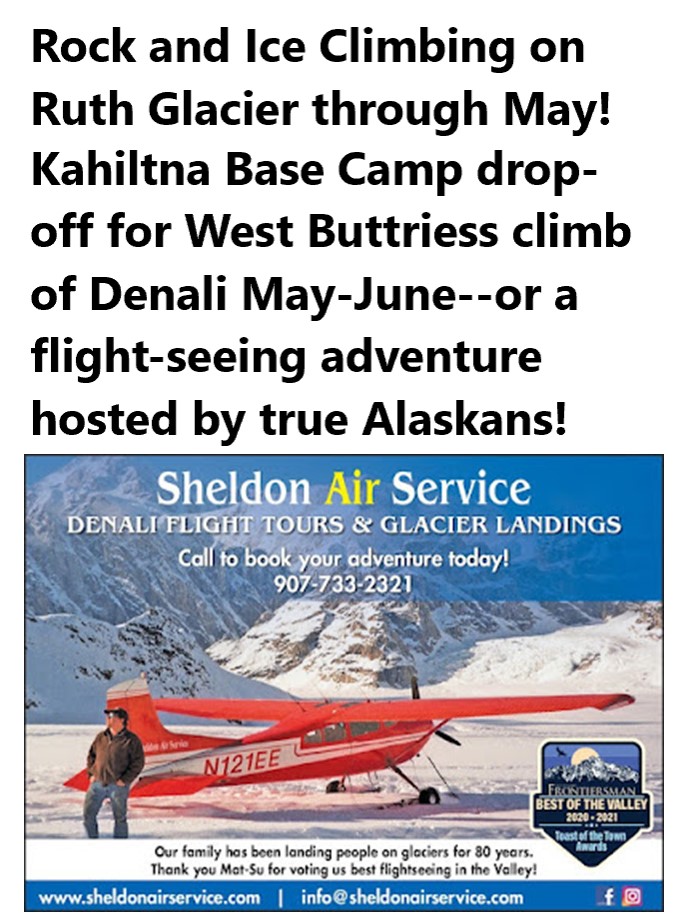
Steps to Food Security for Alaska.[3]
Alaska has a strong veteran community. We have the highest Vet-per-non-Vet ratio in the country. When Vets stay in Alaska it is because they seek Independence, not social welfare. We want and demand a vison vs excuses and governmental interference.
As a matter of fact, Alaska once had 5,000-6,000 head of cattle providing support for military needs in Kodiak during WWII. You can read what I wrote about it after interviewing the current farmer on one of those underutilized leased parcels. The Sorry State of Alaska Agriculture.[4]
Another important veteran empowerment program is Bunker Labs.


Plenty of Alaskan veterans qualify for assistance but may not know it.

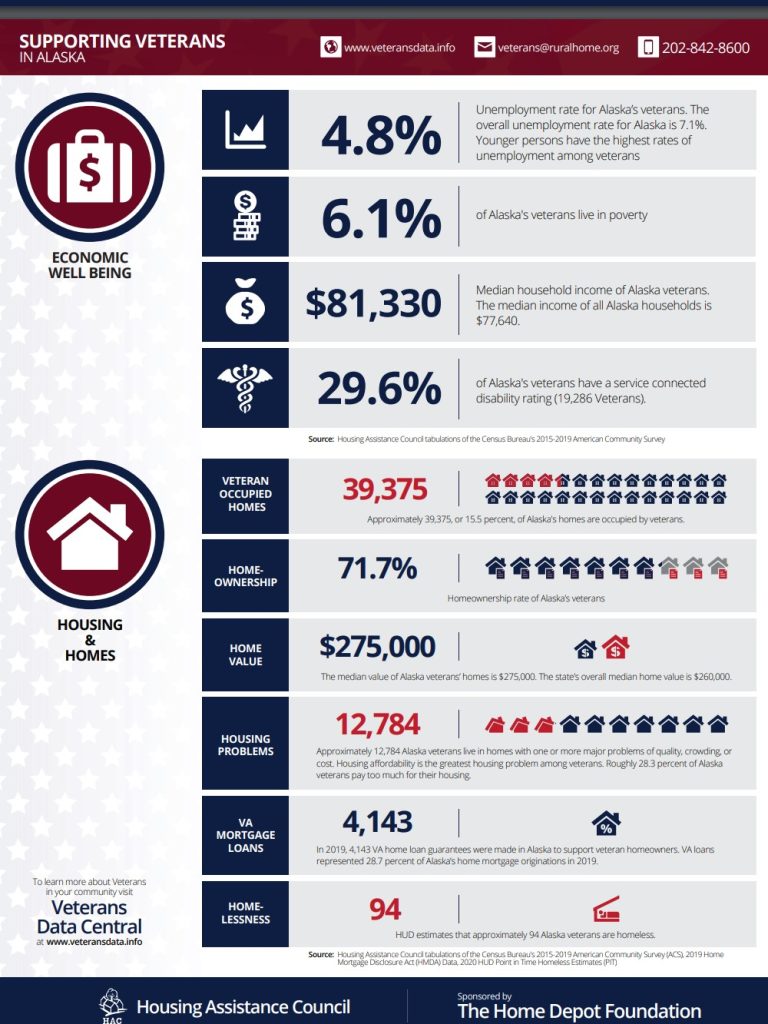
As an independent advocate for veterans, Banner has seen how USDA jobs can support families. She has visited other states and wondered why we cannot have a robust USDA veteran agriculture workforce here. She’s been encouraged by top administrators of USDA/veteran employment efforts in Washington, DC who have told her they are ready to work with any Alaska agricultural or small business interests seeking veterans for their workforce.
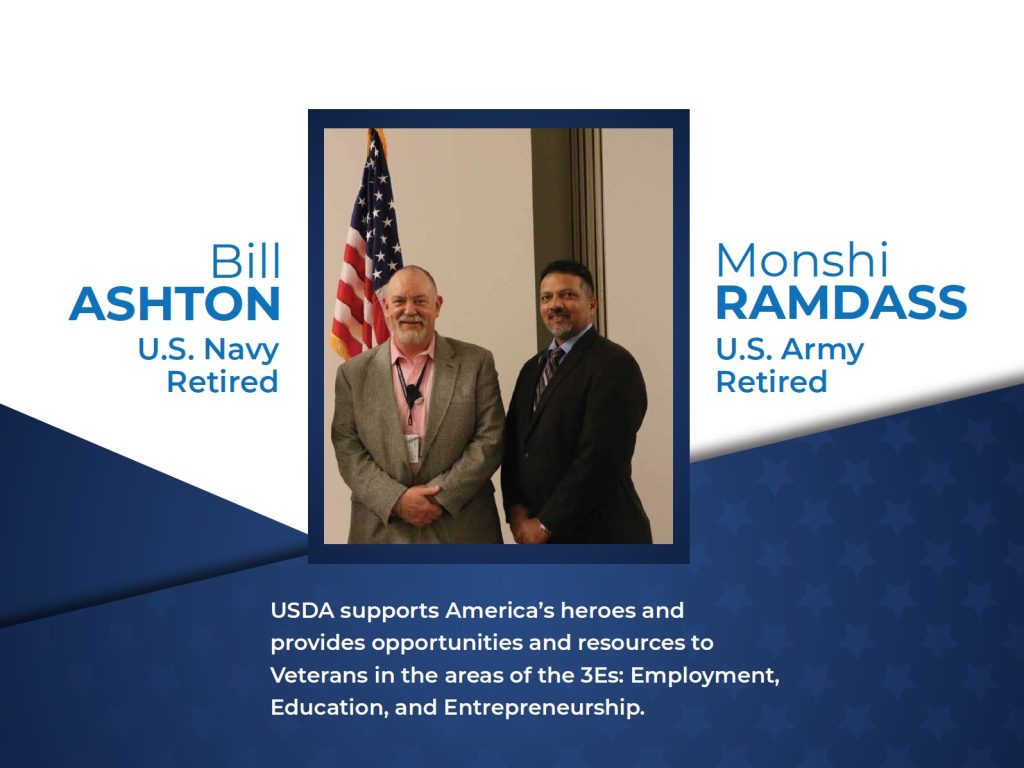
I spent four years in the Navy and four years in the National Guard, continued Banner. I have two sons—one a four-year Navy corpsman married to another veteran. My other son has a 20-year contract until 2032 and is also married to a Navy Veteran. My dad and brother also served—Navy is a family tradition.
Banner continued: I have a degree in agriculture, and fortunate that my husband and I have a small business. The many veterans who return to Alaska or remain here after they transition out of active service are experienced and knowledge people who could help build a meaningful agriculture infrastructure for this state.

Those Alaskans who have served don’t know what veterans don’t know. The oath of an enlisted officer has no expiration, continued Banner. We want to continue to serve our communities after active service. This is a way that veterans who need education, training, employment opportunities or loans for business, can succeed. It’s straight out of Washington, DC, directed to Alaskans. They know the demographics of veterans and their needs. The veteran unemployment is very high here. And so, when they talk about why veterans are an important asset, they consider the facts regarding this state’s high proportion of veterans.
And, those veterans could contribute to Alaska Food Security!

UN-imaginative Alaska Lawmakers: What is your next excuse for hanging onto land that could be put into production to serve Alaskans and contribute to food security currently controlled by Seattle? In the References section of this story I provide links to three of many stories I have written studying the problem of Alaska Food Security. I don’t mean to be glib, but plenty of Alaskans were expecting something tangible AT THE BEGINNING OF THIS LEGISLATIVE SESSION. February 2021 Copy of Letters sent to all legislators and Gov. Dunleavy.[6]
Lawmaker’s solution to perhaps the most threatening challenge facing Alaskans today is a committee to STUDY the problem?
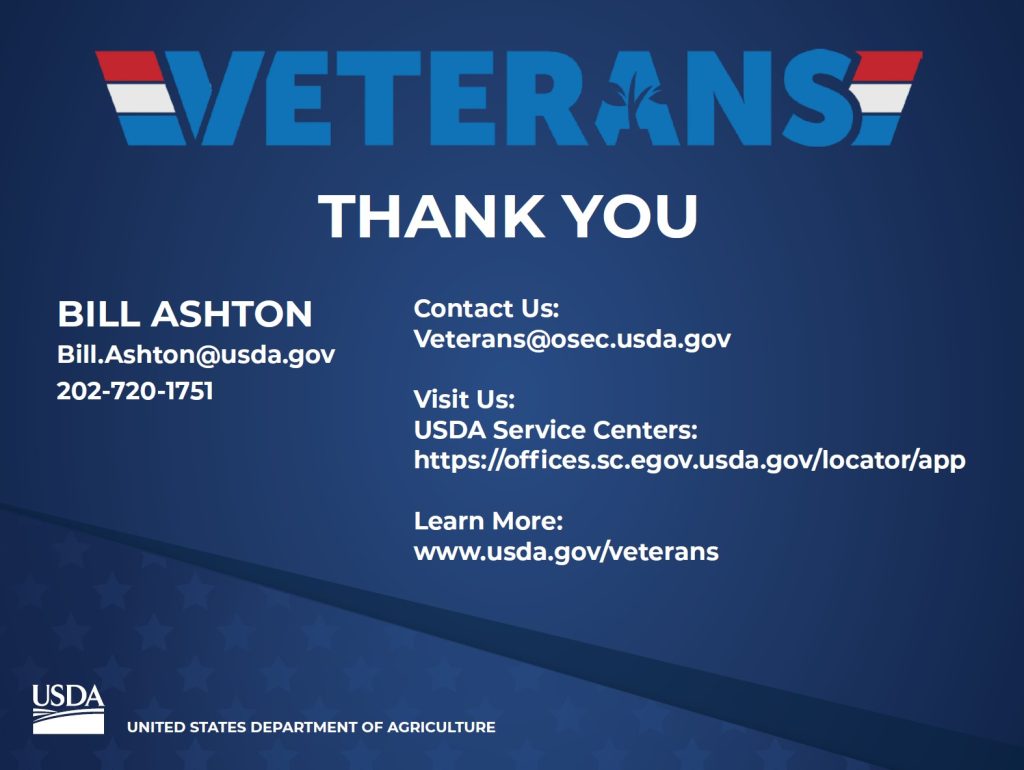
Resources:
[1]HB 289 “An Act establishing forgivable loan programs for farm development and improvement and for certain meat processing facilities; relating to a program of state inspection for certain meat processing facilities; establishing the Alaska Food Strategy Task Force; and providing for an effective date.”

[2]Alaska Has Food Security Options
[3]Steps to Food Security for Alaska
[4]The Sorry State of Alaska Agriculture
[5]Alaska Veterans Information: https://veteransdata.info/states/2020000/ALASKA.pdf
[6]February, 2021, copy of letters sent to all Alaska Legislators and Gov. Dunleavy.
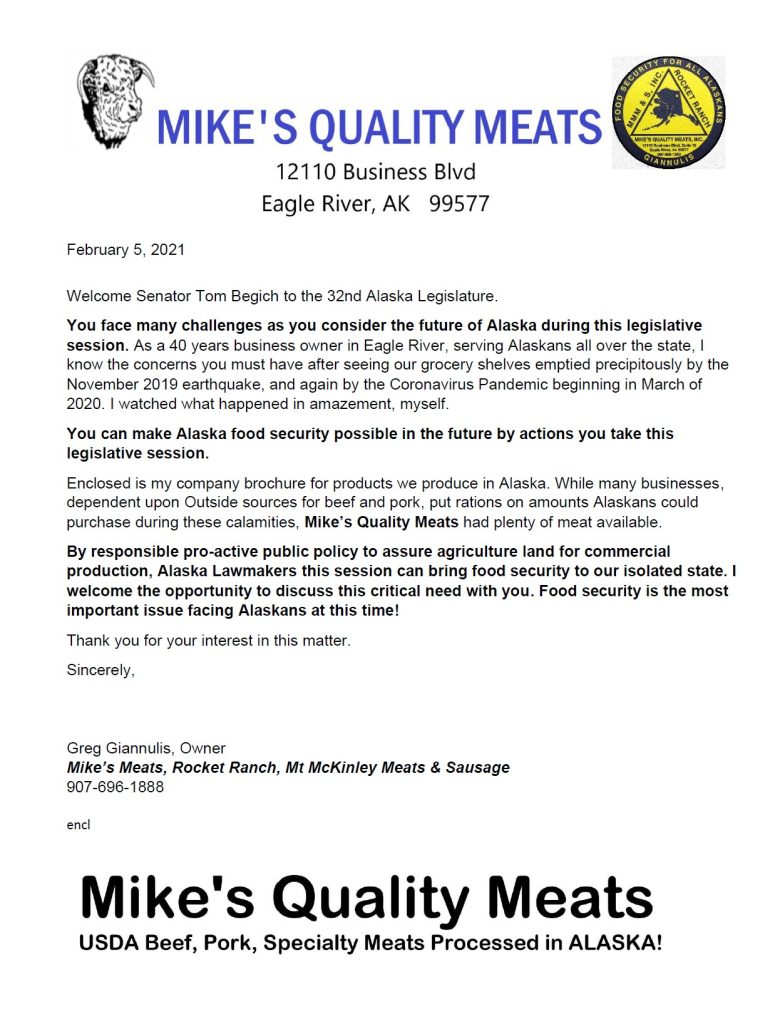
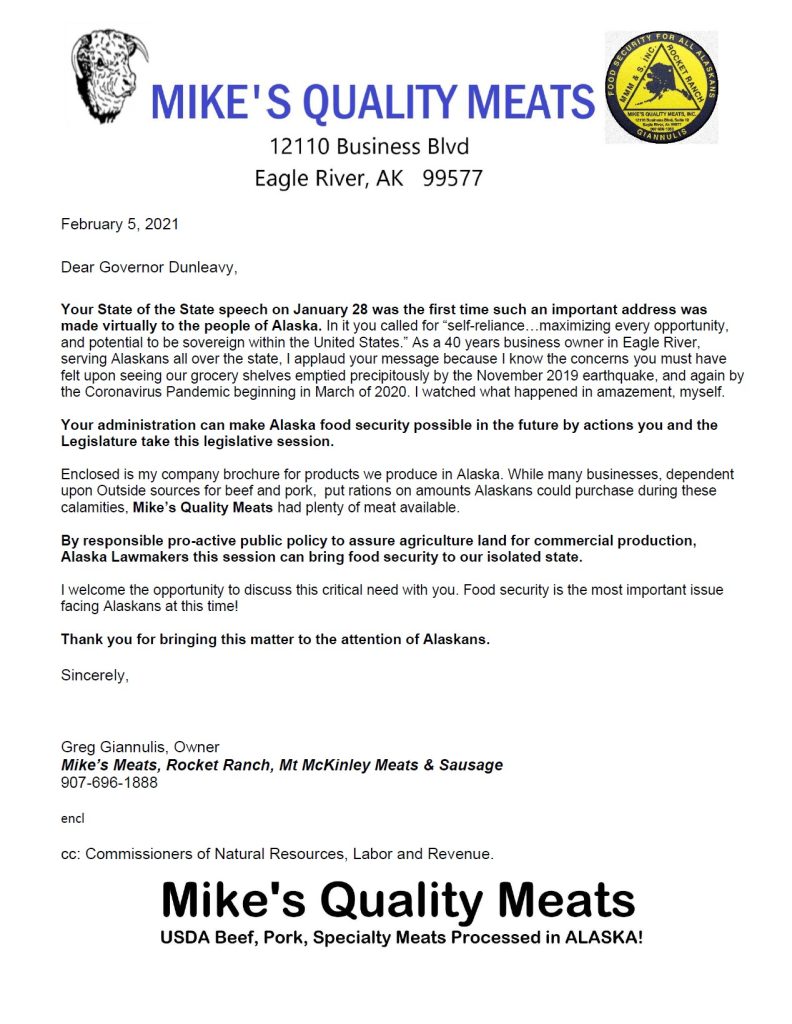


The Alaska Delta Barley project produced more suicides than bumper harvests… and the Mat-Maid dairy company is no more. The State of Alaska was offering grants to micro-farmers this year. I don’t see big as being better. I do see the need for food security in the greatland. Where will that come from ? I’m liking a plethora of small organic farms, small on a comparative level to what is mentioned in this article. What the small farmer needs is the means to store and sell the produce. We don’t need export facilities to send farm produce out of state. We do need the corporations that sell produce to Alaskans from out of state to accept our home grown products. Just like micro breweries, micro farms can add quality and security to Alaska’s food needs. It’s time and passed time to get Alaska on the road to sustainable food security by raising our own…
Affect community farm project is a new program to the interior of Ak, working with local farmers to develop a labor force, train new farmers and teach classes in gardening and urban farming. You can learn more at their website. http://www.AFFECTfarm.com/